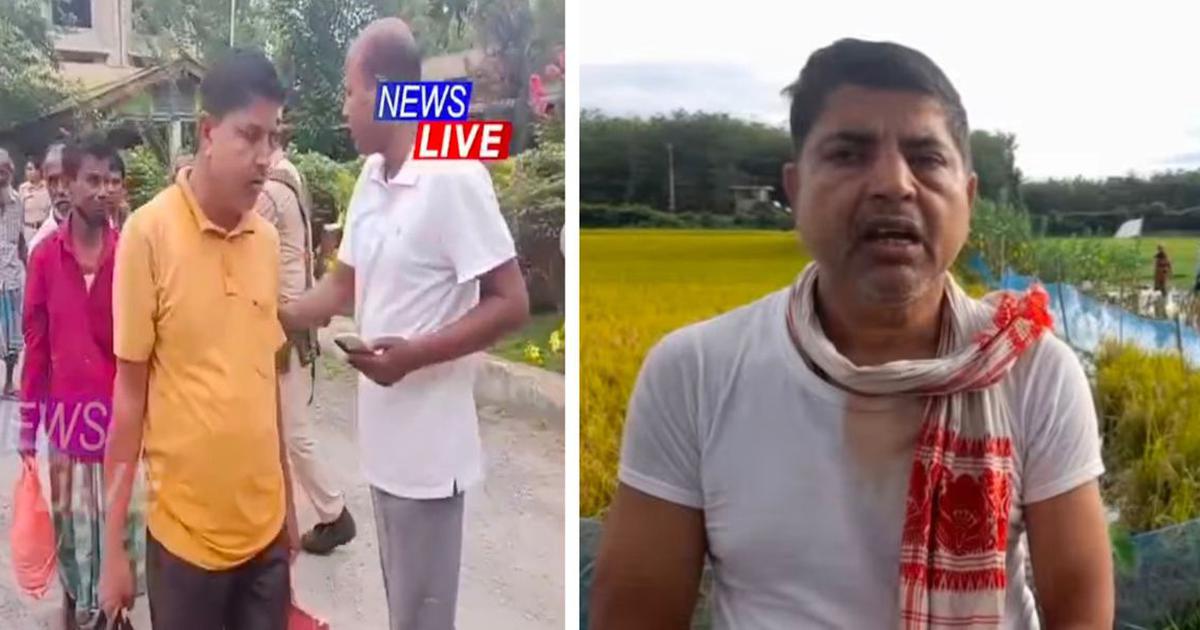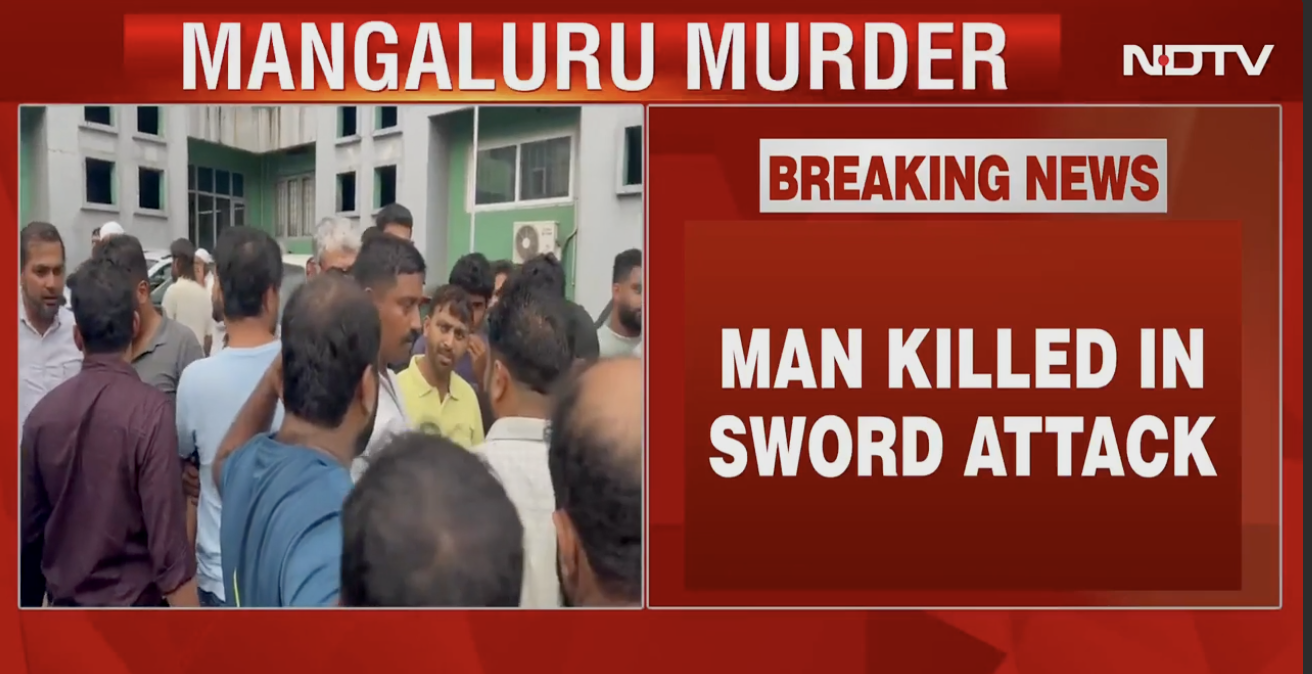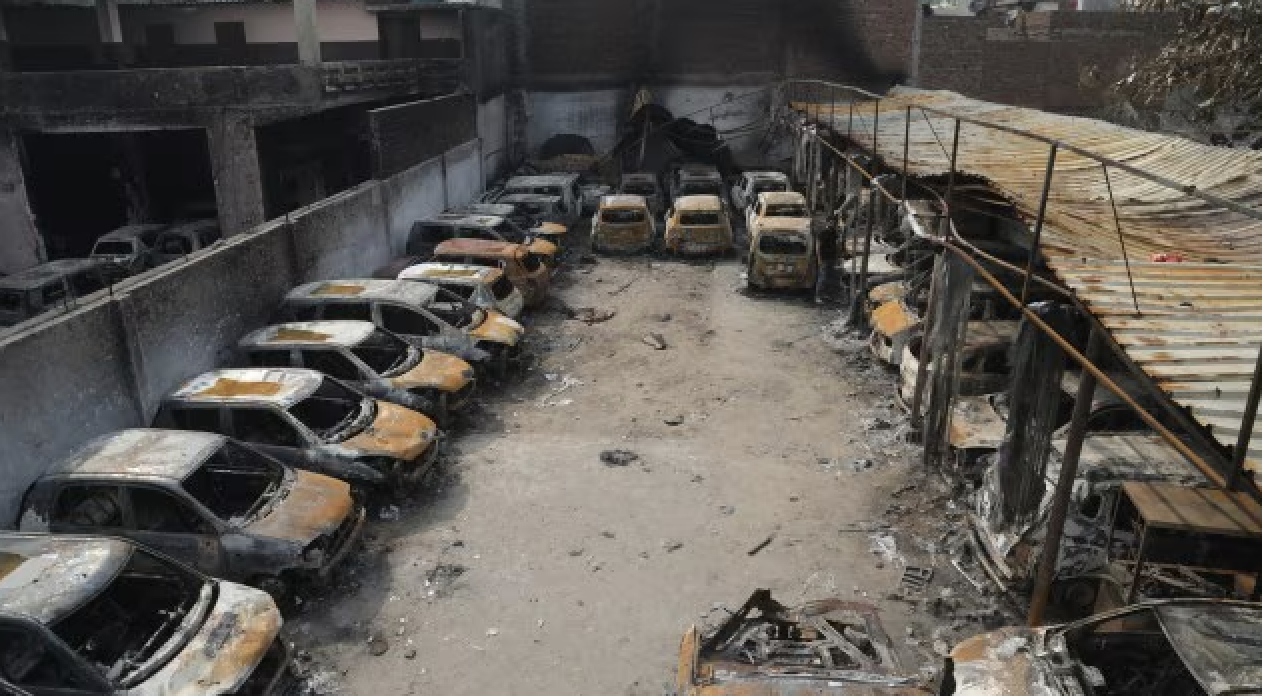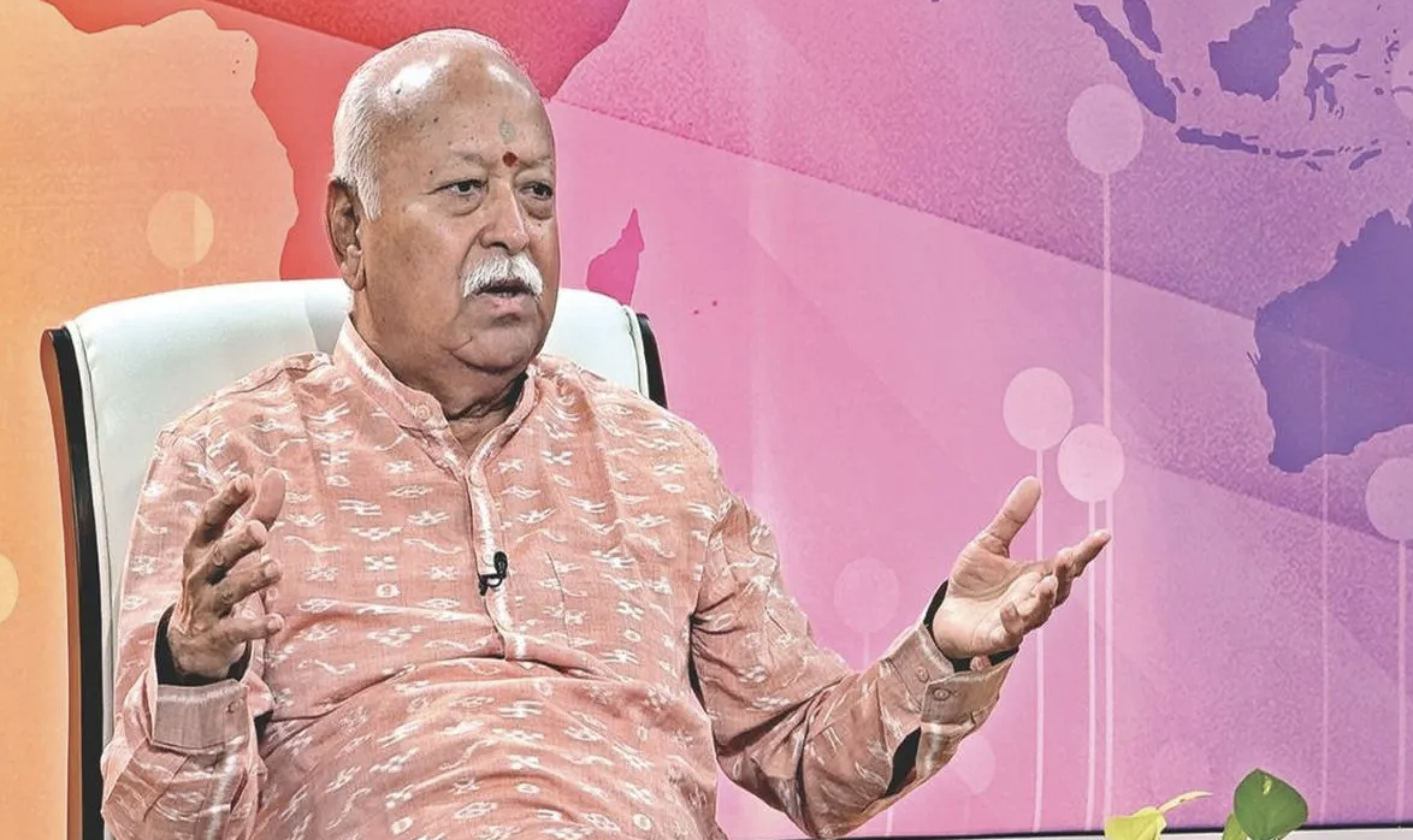
By Salim Usman
The eternal flame at the Amar Jawan Jyoti is being extinguished. The Prime Minister revealed his plans of rebuilding the iconic Central Vista at the cost of more than₹13,450 crore. Government committees are being set up to change history curricula across the nation.
Thus, it is now more important than ever to talk about how the current Indian government has made numerous attempts to rewrite Indian history to make sure it aligns with its ideology — one built on half-truths, falsehoods and deceptions.
The Rashtriya Swayamsevak Sangh’s doctrine of rewriting history in such a way that aligns with Hindu mythology and glorifies the periods of Hindu rule, while demonising or even completely erasing sections on Muslim rule, is a dangerous proposition, one which is bound to affect entire generations.
The Saffronisation Of Indian History
Various states have made considerable changes to the curriculum in schools, particularly in Gujarat, and filled history books with falsifications and outright lies.
These decisions are brazen attempts at promoting a communal and falsified approach to teaching history to further the Hindutva narrative that promotes a “saffronised” version of history — built on the foundations of religious supremacy, one of the core principles of Hindutva.
It attempts to paint India’s Muslim rulers as mere tyrants who destroyed temples and engaged in mass killings of their non-Muslim subjects. This cannot be farther from the truth, and such xenophobic depictions of Indian history are based on narrow-minded observations that use the lens of religion to look at events of the past.
The Hindutva narrative fails to acknowledge that the destruction of temples was often motivated by political factors, as they were considered symbols of royal power and completely omits how Muslim rulers patronised a large number of temples, and most of the discrimination was based on the prevalent classes in society, rather than religion.
The altered history currently being taught in many of India’s schools range from subtle marks of saffronisation to complete fabrications of historical events.
They describe Hindutva ideologue V D Savarkar, who took inspiration from the likes of Adolf Hitler and Benito Mussolini and advocated for the use of rape as a political tool, as a glorious freedom fighter and claim that Rajput King Maharana Pratap won against Mughal Emperor Akbar in the Battle of Haldighati.
Textbooks in Maharashtra have already removed portions about Muslim rulers such as Razia Sultan and Muhammad bin Tughlaq, despite them playing a major role in shaping the history of medieval India. There are constant calls for the removal of any sentences that portray Muslim rulers in a positive light.
Rewriting history on communal lines is sacrilegious and has the potential to lead to widespread violence.
This trend has been very noticeable recently, as various paramilitaries affiliated to the ruling BJP as well as its ideological parent, the RSS, with the active support of senior ministers and politicians of the BJP, have recently called for the destruction of various mosques all over India, claiming that they have been built on lands where temples originally stood.
It is no secret that such claims and actions, and the resulting violence, similar to what India saw in 1992, after the demolition of the Babri Masjid, provides political parties with electoral gains.
At the same time, it creates an atmosphere of polarisation, which firebrand leaders exploit to divide communities on communal lines, promote extremist and majoritarian thoughts, and use it to retain power under the banner of religion.

The Destruction Of Architecture
At the same time, a pattern of “revamping” monuments has emerged. These projects, which defile or even completely destroy historical monuments, raise serious questions on the intentions of those who sanction them. They are not only badly planned and executed but are also in poor taste.
In my opinion, these tacky projects, which are mostly based on religio-nationalist themes, stem from the desire of the Narendra Modi government — which extols jingoism as well as symbolism — to portray itself as the saviour of the nation, which follows an “India First” policy, akin to Germany’s far-right AfD (Alternative for Germany), while also attempting to create a legacy for itself.
What else could be the reason for turning the Parliament into a “Museum of Democracy” and building a new one, especially when so many of our existing museums lie in neglect?
The desecration of the Jallianwallah Bagh tells a similar story. There was no need to fill the site of a massacre, and a symbol of the horrors of colonialism, with cheerful murals. Just because a monument was built by colonial power does not mean that it must be replaced.
The Indian Parliament, the Rajpath and countless other buildings being “revamped” under the Central Vista project are seen not as remnants of India’s colonial past but rather as symbols of Indian democracy. This attempt at creating a fraudulent heritage is a Sisyphean task.
The ruling party needs to know that the tearing down of buildings, the destruction of decades-old traditions and attempts at rewriting history will not change the legacy of their rule, for they will always be remembered for the blood on their hands.
This story first appeared on youthkiawaaz.com






